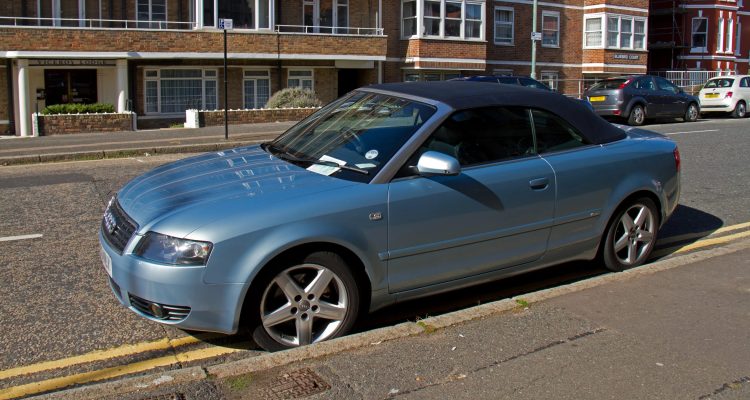More than a third of drivers (34%)* believe enforcement of double yellow line parking restrictions is too lenient, according to a new AA survey. The findings raise concerns about whether current rules are doing enough to deter illegal parking.
The survey, of over 15,000 drivers, offers a detailed snapshot of public attitudes toward parking enforcement.
While nearly half (48%) said enforcement is “about right,” a significant minority feel that current measures fall short. Only 4% believe enforcement is “too strict,” and 14% were unsure, suggesting that while heavy-handedness isn’t a major concern, clarity and consistency in applying the rules may be lacking.
The AA warns inconsistent levels of enforcement risks undermining the effectiveness of double yellow line restrictions — putting pedestrians, cyclists, and other road users at risk.
Regional Differences in Enforcement Attitudes
The survey revealed notable regional variations in how enforcement of double yellow line restrictions is perceived:
- West Midlands: The highest level of concern, with 38% of drivers saying enforcement is too lenient — suggesting strong support for tougher measures in this region.
- Yorkshire & Humberside and East Midlands: Both regions have 36% of drivers calling for stricter enforcement.
- North East: 30% of drivers say enforcement is too lenient, while 7% say it’s too strict — the highest “too strict” rating in the UK, suggesting some sensitivity to perceived over-policing.
- London: Reported the lowest level of concern, with just 23% saying enforcement is too lenient — possibly reflecting higher visibility of enforcement or greater awareness of restrictions.
Inconsistency in Enforcement
The findings also point to a broader issue: inconsistent enforcement may be eroding public trust. Just 13% of those who admitted to parking on double yellow lines said they’d received a fine or penalty, many drivers may feel the rules are not actively upheld, and this perception may lead to more frequent violations, especially in areas where enforcement is less visible or predictable.
A Call for Smarter Enforcement
The survey also highlights a desire for a more balanced approach. While tougher enforcement is supported in many regions, drivers also expressed a desire for better infrastructure. More legal parking options, clearer signage, and targeted communication were frequently cited as ways to improve compliance. The AA believes that enforcement should be part of a broader strategy that addresses both behaviour and the built environment.
The AA is encouraging policymakers to use this data to inform future strategies. Whether through more visible enforcement officers, improved signage, or public education, the goal is to create safer, more efficient streets for all road users.
The AA urges councils to consider:
- Targeted enforcement in high-risk areas
- Investment in legal parking infrastructure
- Clear and consistent signage
- Public education campaigns tailored to local needs
Jack Cousens, AA head of roads policy, said: “The fact that over a third of drivers believe enforcement is too lenient shows drivers feel double yellow lines are policed differently where there should be consistency.
“But enforcement alone isn’t the answer. Councils need to combine targeted enforcement with better signage, clearer communication, and community engagement, especially where legal parking is scarce.
“We urge local authorities to focus on high-risk zones – near schools, hospitals, and busy junctions – where illegal parking poses the greatest danger. Enforcement should be part of a broader strategy to make streets safer and more accessible.
“By listening to drivers and responding with targeted solutions, councils and policymakers have an opportunity to restore confidence in parking enforcement and make streets safer for everyone.”






